RB Keys to Identifying & Attacking Pressure
Runningback Coach
Fordham University
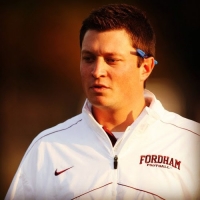 Editor’s Note: Fordham University just completed one of the best seasons in the program’s illustrious history and Coach Zetts, helped play a major role. A former University of Akron quarterback, Zetts begins his third season on the Fordham coaching staff after serving as an assistant coach at Indiana University of Pennsylvania in 2011. He will again guide the Rams’ running backs in 2014. Last fall, senior Carlton Koonce, a preseason All-American and a Walter Payton Award nominee, became just the second Ram to rush for over 1,000 yards in consecutive season, finishing the year with 1,462 yards. He led the Patriot League and was 16th in the NCAA FCS in rushing average, earning first team All-Patriot League honors for the second straight year.
Editor’s Note: Fordham University just completed one of the best seasons in the program’s illustrious history and Coach Zetts, helped play a major role. A former University of Akron quarterback, Zetts begins his third season on the Fordham coaching staff after serving as an assistant coach at Indiana University of Pennsylvania in 2011. He will again guide the Rams’ running backs in 2014. Last fall, senior Carlton Koonce, a preseason All-American and a Walter Payton Award nominee, became just the second Ram to rush for over 1,000 yards in consecutive season, finishing the year with 1,462 yards. He led the Patriot League and was 16th in the NCAA FCS in rushing average, earning first team All-Patriot League honors for the second straight year.
Teaching pass protection to a running back is one of the more difficult things to do within the position for a variety of reasons: 1) Depending on your scheme, running backs are often undersized when compared to the linebacker they are facing, 2) Backs do not usually have an “aggressive” blocking mentality and 3) It is sometimes hard to diagnose where the pressure is coming from – making it hard to get the body in position to make the block. That being said, there is never an excuse for a running back not to execute at a high level in pass protection. It is vital that our running backs are able to win in pass protection – our offense depends on it. We cannot be ball carrying specialists.
Identifying Pressure:
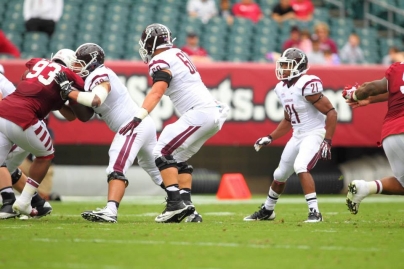
We refer to any linebacker-only pressures as “Dogs” and any type of secondary pressure as a “Blitz.” A lot of times there are tendencies you notice when game planning that will help get the eyes to the correct vicinity of the field. As a unit, we devote about half our time watching pressure reels during a game week. While we are doing this, there are a couple of things we focus on:
- Tendency a team brings pressure vs. down & distance
- Specific field zones of pressure (field or boundary)
- Whom they like to blitz most often
- Any tips in their front/alignment/secondary rotation that we can take advantage of
- What the individuals’ best pass rush moves are (bull rush, spin, push/pull).
My own personal belief with running back pass protection is the players are not going to understand how important it is unless you constantly emphasis it. Here at Fordham we focus a lot of our attention on pass protection because that is an area that does not come natural to everyone in our position group. Our room has ability to make a big play using their feet – but the thing that will get you on the field, and separate yourself from the others, is the ability to block.
Pass Pro Non-Negotiables:
I start by teaching the basic fundamentals of pass protecting (some of which were introduced to me a while back by Reno Ferri, Towson running back coach). There are four basics that we talk about:
- Diagnose the pressure
- Attack the pressure
- Protect the pressure
- Eliminate the pressure
It is vital we diagnose the pressure as soon as we possibly can to put ourselves in position to win. We never want to turn our attention away from a pressure to allow a free run at the quarterback. One of the most important things to do is identify the most dangerous person/people on the field that will make our job the toughest. Often times, especially on play-action protections, our body/eyes turn away from an ID backside so I always say, “eyes to the blind spot pre-snap”. If things look suspicious make sure you are in the clear before executing your fake (protection before fake).
Another reason we always want to diagnose the pressure as soon as possible is so we can attack and make the collision as far from the quarterback as possible. Attacking allows us to make contact with the linebacker before he is able to get a full head of steam. The less power he has, the better for us. The next thing we want to do is protect the imaginary line between the man we are blocking and the quarterback. We want to make sure we take away the defenders inside half when blocking. If we get a good piece of the defender, we then try to find his inside hip to try and wash him past the quarterback. If you are able to find his hip, you now gain control of his center of gravity. The fourth, and most important, is to eliminate the bull rush. A back’s biggest fear is being run over. To eliminate this, we have to make sure we make contact with a good, powerful base. I always emphasize that just because there is pressure, that does not mean we have to be the nail – we should always have the mentality of being the hammer.
To see a video tutorial on how Coach Zetts teaches his RB’s to abort the fake, click on the link below:







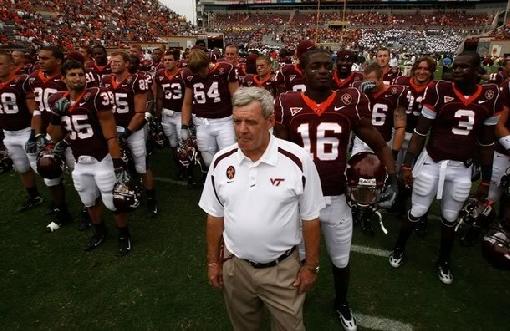
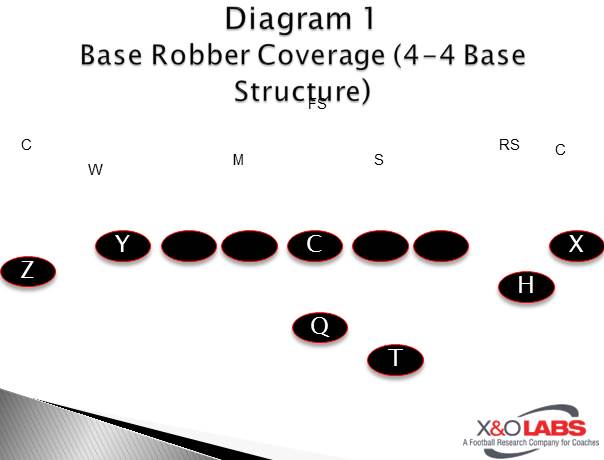
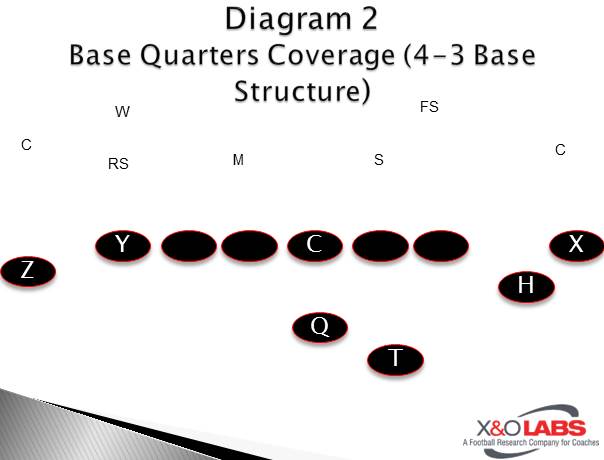
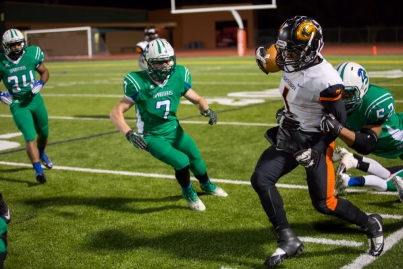
 The 52 monster defense was first used at Oklahoma and led to great success. This defense is a trap defense at its finest. I use the phrase trap because the defense is not symmetrical. There is a strong side with 6 players and a weak side with 5 players. The 6th player that creates the unbalance is known as the Monster, we refer to him as the Mobster, but I’ll get to that later. The monster is a hybrid type player, more of your traditional strong safety/rover, capable of covering man to man, and capable of playing in the box as well. To an offense, it appears that you should attack the weak side of the defense, as there is one less man, but this is the trap, because the defense will usually slant or stunt to the weak side creating a balanced defense, 5 on the front, 5 on the back, with the free safety head up on the center, see diagram 1. We still use the traditional 52monster with Cover 3 behind it, but when you’re facing the spread, the 5-2 is at a distinct disadvantage. This led to us creating the 3-2 Mobster defense.
The 52 monster defense was first used at Oklahoma and led to great success. This defense is a trap defense at its finest. I use the phrase trap because the defense is not symmetrical. There is a strong side with 6 players and a weak side with 5 players. The 6th player that creates the unbalance is known as the Monster, we refer to him as the Mobster, but I’ll get to that later. The monster is a hybrid type player, more of your traditional strong safety/rover, capable of covering man to man, and capable of playing in the box as well. To an offense, it appears that you should attack the weak side of the defense, as there is one less man, but this is the trap, because the defense will usually slant or stunt to the weak side creating a balanced defense, 5 on the front, 5 on the back, with the free safety head up on the center, see diagram 1. We still use the traditional 52monster with Cover 3 behind it, but when you’re facing the spread, the 5-2 is at a distinct disadvantage. This led to us creating the 3-2 Mobster defense.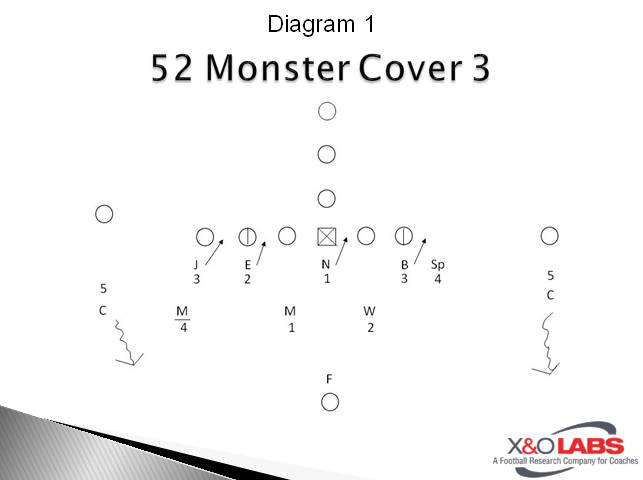
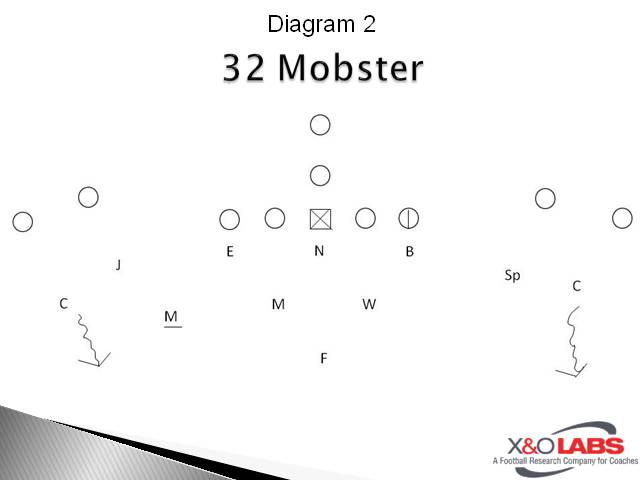
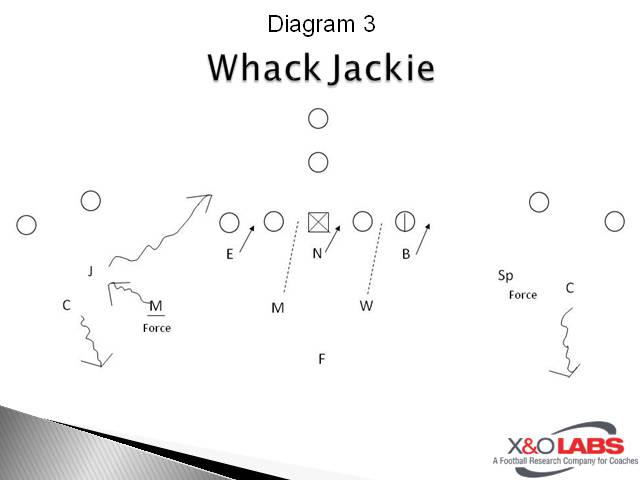
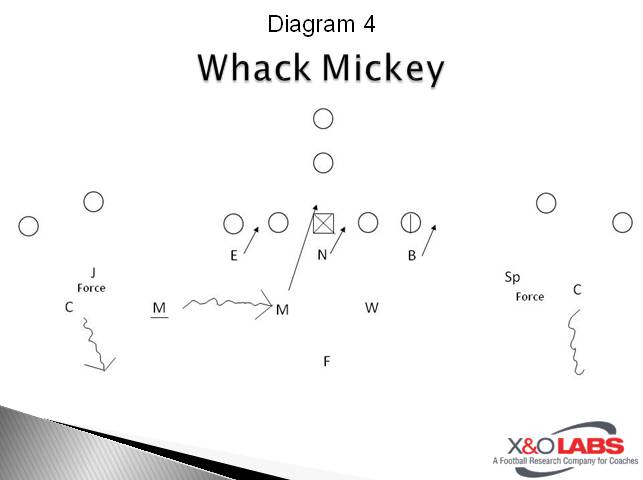
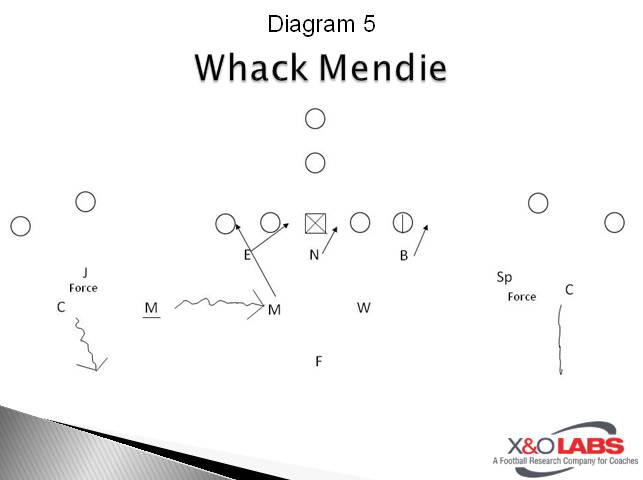
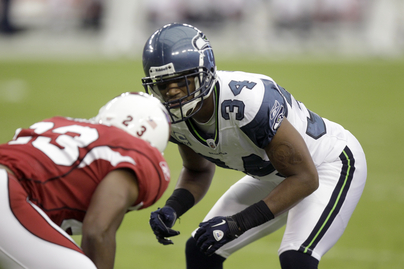

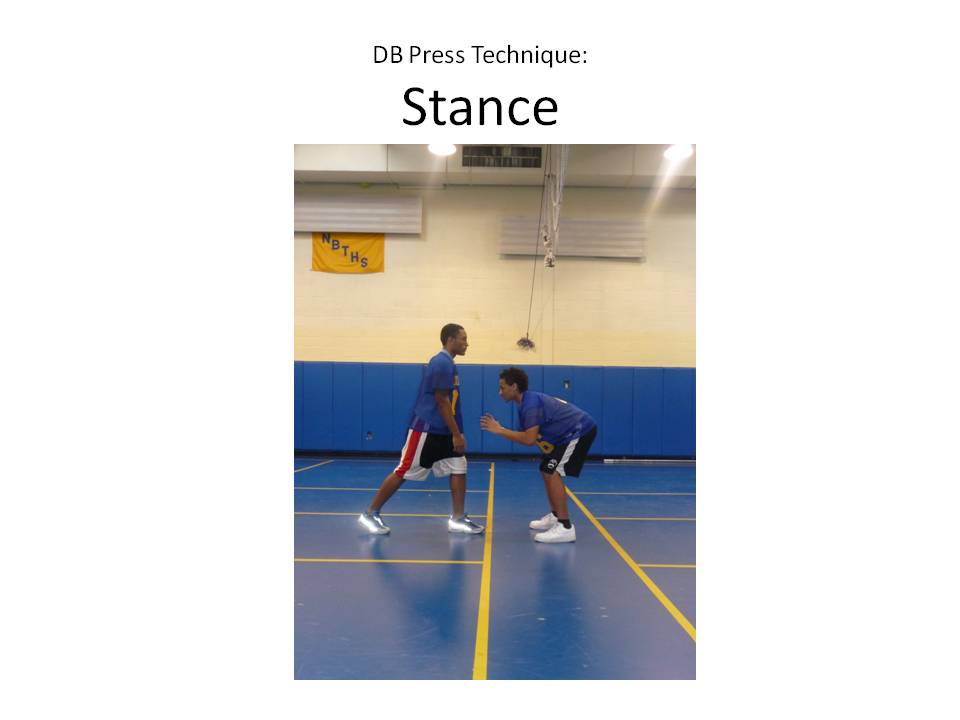
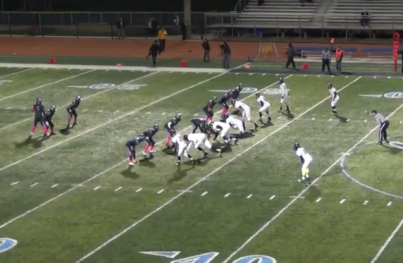
 I have been intrigued by the Shield Punt ever since I first saw it being used in a bowl game several years ago. My first impression was dismay that anyone would want to let the inside rushers run free and blow up the 3 guys standing in the backfield. As more and more teams went to the shield, I started seeing its benefits. Before deciding to implement it, though, I had to be convinced that the advantages outweighed the disadvantages. What finally sold me on the Shield Punt was a Glazier Clinic presentation by Grand Valley State showing that in 2012 they only allowed 3 yards in punt returns. We all know that a punt is one of the greatest weapons a team has in changing field position. This past season we punted 31 times and
I have been intrigued by the Shield Punt ever since I first saw it being used in a bowl game several years ago. My first impression was dismay that anyone would want to let the inside rushers run free and blow up the 3 guys standing in the backfield. As more and more teams went to the shield, I started seeing its benefits. Before deciding to implement it, though, I had to be convinced that the advantages outweighed the disadvantages. What finally sold me on the Shield Punt was a Glazier Clinic presentation by Grand Valley State showing that in 2012 they only allowed 3 yards in punt returns. We all know that a punt is one of the greatest weapons a team has in changing field position. This past season we punted 31 times and 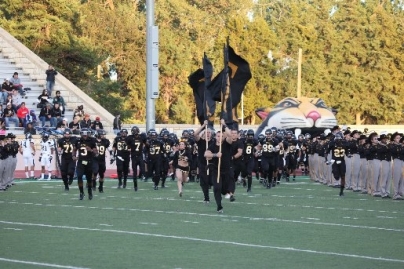
 Editor’s Notes: Justin Iske begins his fourth season on the coaching staff at Fort Hays State in 2014. Iske coaches the FHSU offensive line and serves as the team’s strength coach. In Iske’s first three seasons at FHSU, he has coached seven All-MIAA selections on the offensive line, led by two-time second team selection Hawk Rouse in 2011 and 2012 and second-team selection Mario Abundez in 2013. The Tiger offensive line helped produce an average of over 2,000 rushing and 2,000 passing yards per year in Iske’s three seasons. Iske came to FHSU after two seasons at Northwestern Oklahoma State University where he was the offensive coordinator, special teams coordinator and offensive line coach. His 2010 team won the conference championship and led the conference in rushing offense, sacks allowed and kickoff returns.
Editor’s Notes: Justin Iske begins his fourth season on the coaching staff at Fort Hays State in 2014. Iske coaches the FHSU offensive line and serves as the team’s strength coach. In Iske’s first three seasons at FHSU, he has coached seven All-MIAA selections on the offensive line, led by two-time second team selection Hawk Rouse in 2011 and 2012 and second-team selection Mario Abundez in 2013. The Tiger offensive line helped produce an average of over 2,000 rushing and 2,000 passing yards per year in Iske’s three seasons. Iske came to FHSU after two seasons at Northwestern Oklahoma State University where he was the offensive coordinator, special teams coordinator and offensive line coach. His 2010 team won the conference championship and led the conference in rushing offense, sacks allowed and kickoff returns.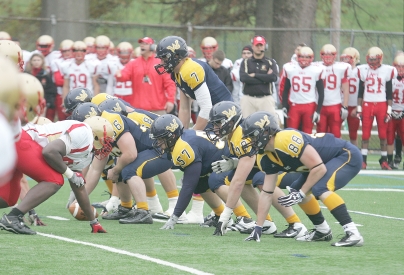
 Editor’s Note: Coach Rosenthal is the Tight Ends and Assistant Offensive Line Coach at Wilkes University. After graduating Wesleyan University and playing as a graduate student in the fall of 2010, I started my coaching career volunteering at Yale University, working with the offensive line during their spring practices in 2011. That summer I accepted a GA position at Endicott College, where I worked with the running backs for one season. That season I coached a CoSIDA 2nd Team Academic All-American. After one year, I went to Wilkes University where I have spent the last 2 seasons. Both seasons I placed a different player on the All-Conference list and have placed multiple student-athletes on the Academic Honor Roll every year.
Editor’s Note: Coach Rosenthal is the Tight Ends and Assistant Offensive Line Coach at Wilkes University. After graduating Wesleyan University and playing as a graduate student in the fall of 2010, I started my coaching career volunteering at Yale University, working with the offensive line during their spring practices in 2011. That summer I accepted a GA position at Endicott College, where I worked with the running backs for one season. That season I coached a CoSIDA 2nd Team Academic All-American. After one year, I went to Wilkes University where I have spent the last 2 seasons. Both seasons I placed a different player on the All-Conference list and have placed multiple student-athletes on the Academic Honor Roll every year.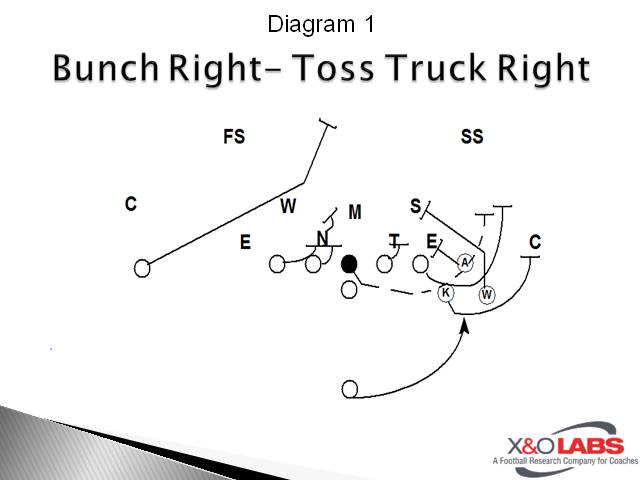
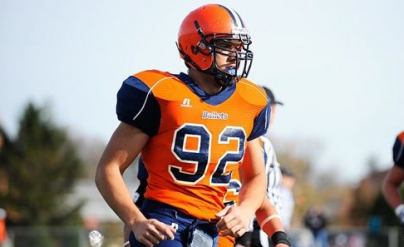
 Editor’s Note: Coach Weaver enters his ninth season as a member of the Gettysburg coaching staff and his eighth as the defensive coordinator in 2014. Weaver will also coach the linebackers for the seventh straight season this year. Prior to his arrival at Gettysburg, Weaver served as the defensive line coach at Bemidji State University in Minnesota from 2004-05. He also spent two seasons coaching the defensive line and serving as the junior varsity defensive coordinator at his alma mater, Wilmington College in Ohio, from 2002-03. Weaver guided his players to multiple postseason accolades at both Bemidji and Wilmington, including coaching one to All-America status at the latter.
Editor’s Note: Coach Weaver enters his ninth season as a member of the Gettysburg coaching staff and his eighth as the defensive coordinator in 2014. Weaver will also coach the linebackers for the seventh straight season this year. Prior to his arrival at Gettysburg, Weaver served as the defensive line coach at Bemidji State University in Minnesota from 2004-05. He also spent two seasons coaching the defensive line and serving as the junior varsity defensive coordinator at his alma mater, Wilmington College in Ohio, from 2002-03. Weaver guided his players to multiple postseason accolades at both Bemidji and Wilmington, including coaching one to All-America status at the latter.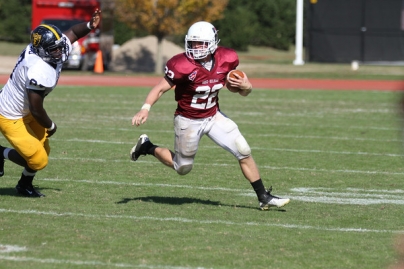
 For the Rose-Hulman offense, as with many offenses at every level of football, playing fast is of critical importance to our success. In 2013, we averaged 85.5 plays per game. However, we strive to ensure that we do not sacrifice speed for precision. Our goal every year is to identify the plays we feel are critical to our success as an offense and then find ways to drill these plays. Our staff works to develop drills that teach the requisite skills to execute the play and simultaneously emphasizing how to play fast.
For the Rose-Hulman offense, as with many offenses at every level of football, playing fast is of critical importance to our success. In 2013, we averaged 85.5 plays per game. However, we strive to ensure that we do not sacrifice speed for precision. Our goal every year is to identify the plays we feel are critical to our success as an offense and then find ways to drill these plays. Our staff works to develop drills that teach the requisite skills to execute the play and simultaneously emphasizing how to play fast.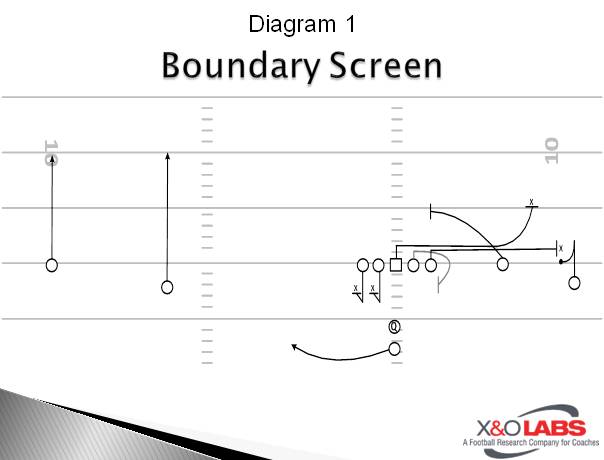
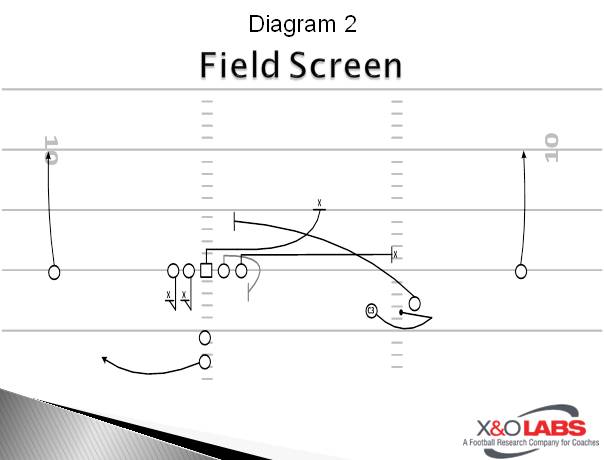
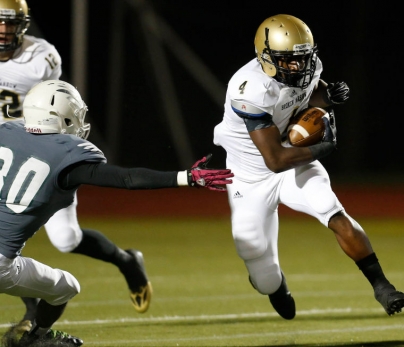

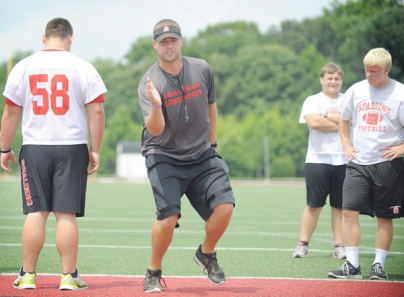
 Each offseason our offensive staff evaluates our entire offense by play, formation and personnel in order to measure the efficiency of each. The goal of this evaluation is to fine tune the core of our offense. Ultimately, we are looking for new ways to window dress and disguise our core concepts. This process includes:
Each offseason our offensive staff evaluates our entire offense by play, formation and personnel in order to measure the efficiency of each. The goal of this evaluation is to fine tune the core of our offense. Ultimately, we are looking for new ways to window dress and disguise our core concepts. This process includes: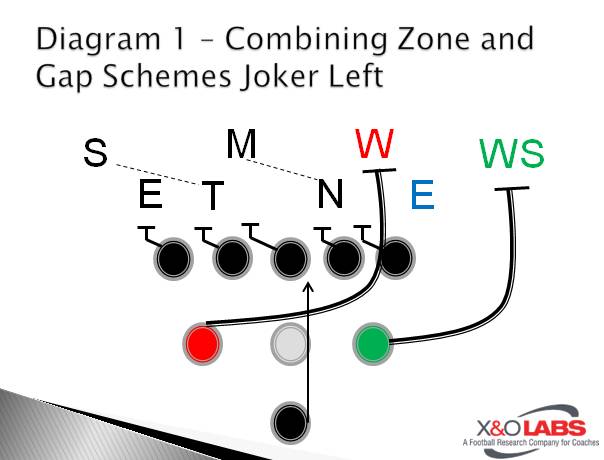
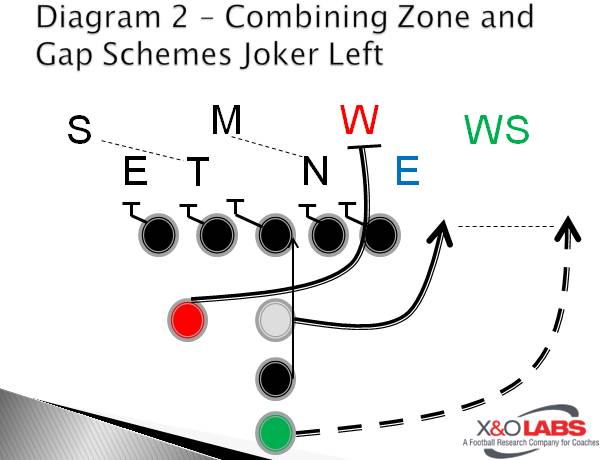
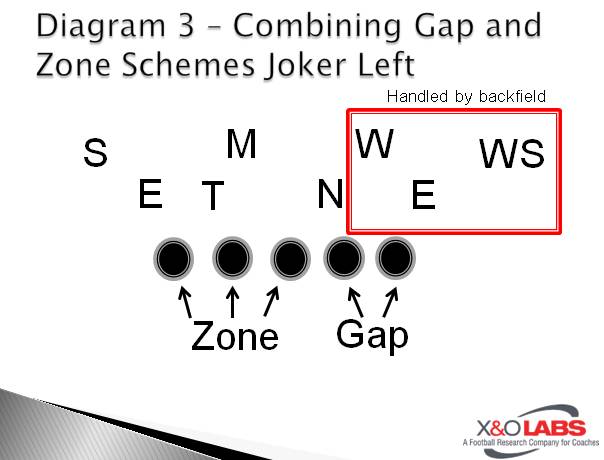
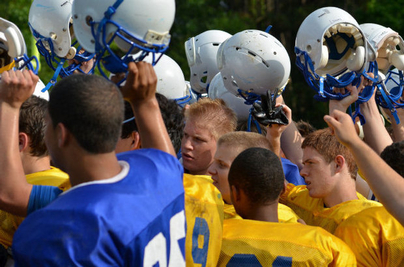

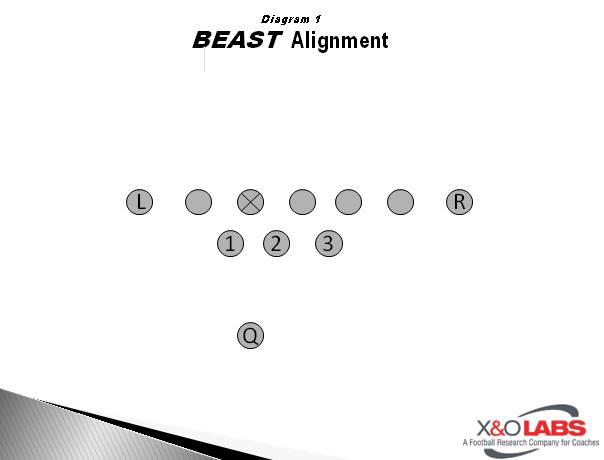
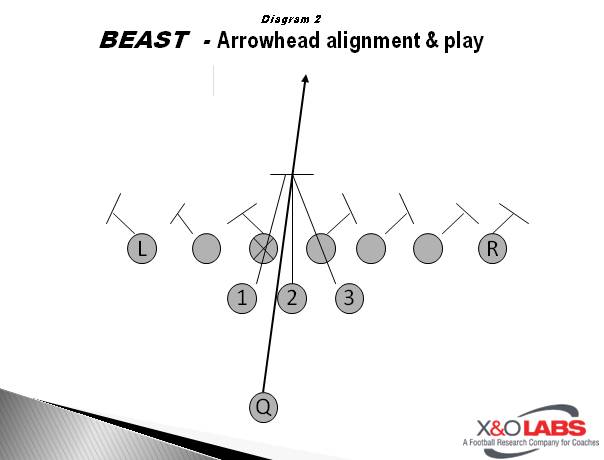
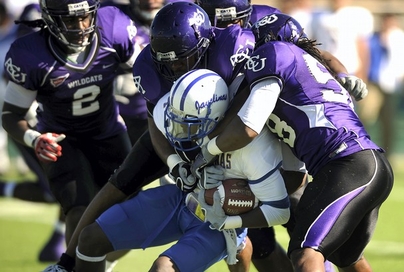
 By Mike Kuchar
By Mike Kuchar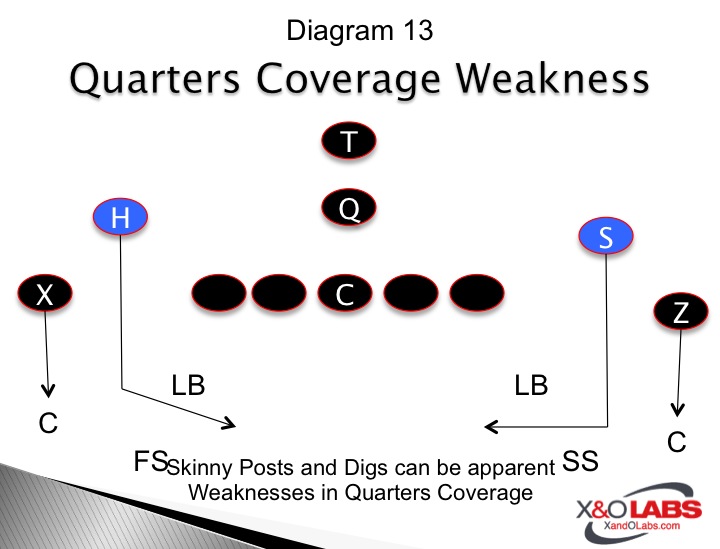
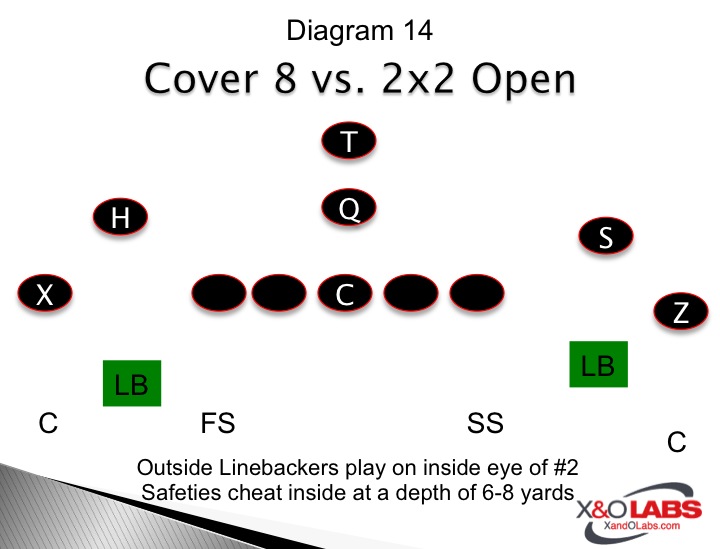
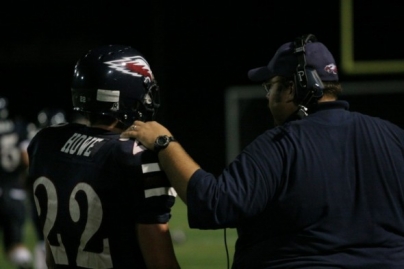
 Editor’s note:
Editor’s note: 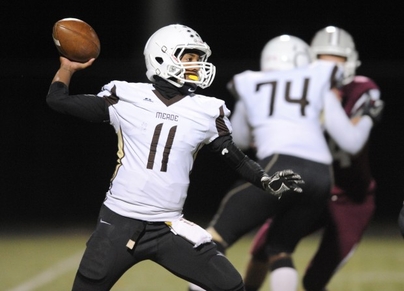
 Editor’s Note: Coach Holzer has served as the Meade Mustangs Head Coach for two seasons from 2011-2012. He was named Coach of the Year by Varsity Sports Network for the State of Maryland as well as by The Capital Gazette, Baltimore TD Club, & Annapolis TD Club. From 2008-2010 Rich was Head Football Coach at Parkdale HS in Riverdale, MD. 2004-2008 Rich was Defensive Coordinator/ Strength Coach at Westlake HS in Waldorf, MD. 2002-2003 Rich was a GA at Hofstra University. Rich is graduate of Hofstra University with a BS in Physical Education, where he was also a 2x All League Offensive Lineman for the Pride, & has a Masters in Educational Administration from McDaniel College.
Editor’s Note: Coach Holzer has served as the Meade Mustangs Head Coach for two seasons from 2011-2012. He was named Coach of the Year by Varsity Sports Network for the State of Maryland as well as by The Capital Gazette, Baltimore TD Club, & Annapolis TD Club. From 2008-2010 Rich was Head Football Coach at Parkdale HS in Riverdale, MD. 2004-2008 Rich was Defensive Coordinator/ Strength Coach at Westlake HS in Waldorf, MD. 2002-2003 Rich was a GA at Hofstra University. Rich is graduate of Hofstra University with a BS in Physical Education, where he was also a 2x All League Offensive Lineman for the Pride, & has a Masters in Educational Administration from McDaniel College.